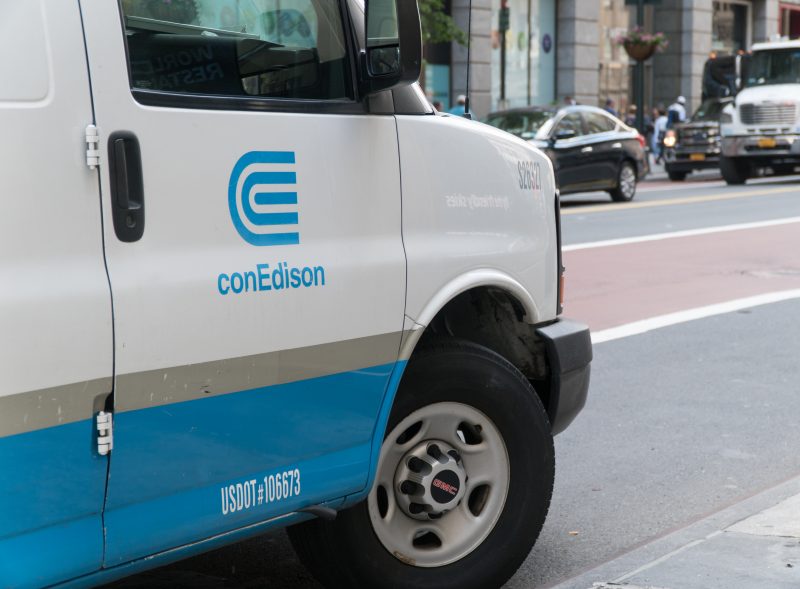Con Edison launches RFP to seek innovative alternatives to building gas pipeline in NY

Responding to a growing demand for natural gas, yet shying away from the construction of another traditional gas pipeline, Con Edison has issued a Request for Proposals (RFP) and tied it to a $100 million incentive for alternative methods to meet the heating needs of customers in an environmentally friendly way.
Such an effort aligns the company with New York City and New York State’s environmental goals, which have pushed hard on carbon emission reduction, while at the same time community clean heat programs are requiring customers to switch from residual heating oil to cleaner fuels like natural gas.
This is consistent with Con Edison’s work in the past. Between 2011 and 2016, the company actively converted 6,500 large buildings in the city from oil to natural gas-based heating.
Additionally, Con Edison has pointed out that new natural gas pipelines simply aren’t keeping up with the growing demands of modern times.
“We’re seeing strong growth in the need for natural gas in our service area, both from new building construction and the phase out of oil as a heating fuel,” Marc Huestis, senior vice president of gas operations for Con Edison, told Daily Energy Insider. “While new gas transmission pipelines and other infrastructure may be needed in the next several years, we’ve submitted this proposal to advance more gas efficiency programs and partner with customers and other third-party businesses to achieve reductions in natural gas usage, especially on the coldest peak winter days.”
The proposals, which are due March 1, will be gauged by cost, how well they replace the need for future pipelines and their potential impacts on greenhouse gas emissions. Meanwhile, the $100 million Con Edison is fronting would go toward more efficient measures of meeting customer demand, be it energy efficiency, electrification of space and water heating or greater demand response. It would also push the energy version of going local, tipping projects toward biogas technology and natural gas storage.
Since 2011, the company notes that demand for natural gas in its areas have grown 30 percent, with another 20 percent growth expected over the next two decades. In turn, it said that such efforts have reduced the use of more expensive and polluting fuels, which has led to dramatically reduced sulfur dioxide, nitrogen dioxide, fine particulate matter, nickel and greenhouse gas emissions, equal to millions of cars worth of output. At the end of this holiday season, the company reported a personal record – 1.3 million dekatherms of gas distributed over the course of New Year’s Eve alone, to combat the icy winter.
But as demand continues to grow, supply must be there to meet it. None of Con Edison’s existing contracts provide additional capacity for its customers. It’s still early in the year to determine the types of proposals the RFP might generate, according to Allan Drury, public affairs manager at Con Edison.
Yet the company is encouraging other cost-effective solutions through its overarching Smart Solutions for Natural Gas Customers program.
That program is already slated to double to $29 million the funding behind gas conservation, which would double the annual savings and peak demand reduction target for the company. The program is also evaluating the creation of new gas usage reduction programs for the coldest days, similar to programs reducing electric demand on peak summer days. Other measures being considered include the development of renewable alternatives to natural gas heating.
Given that the company is forecasting a shortfall in existing pipeline capacity within the next five years, these measures would keep it from having to institute a moratorium on new customers hooking up to its natural gas system.
